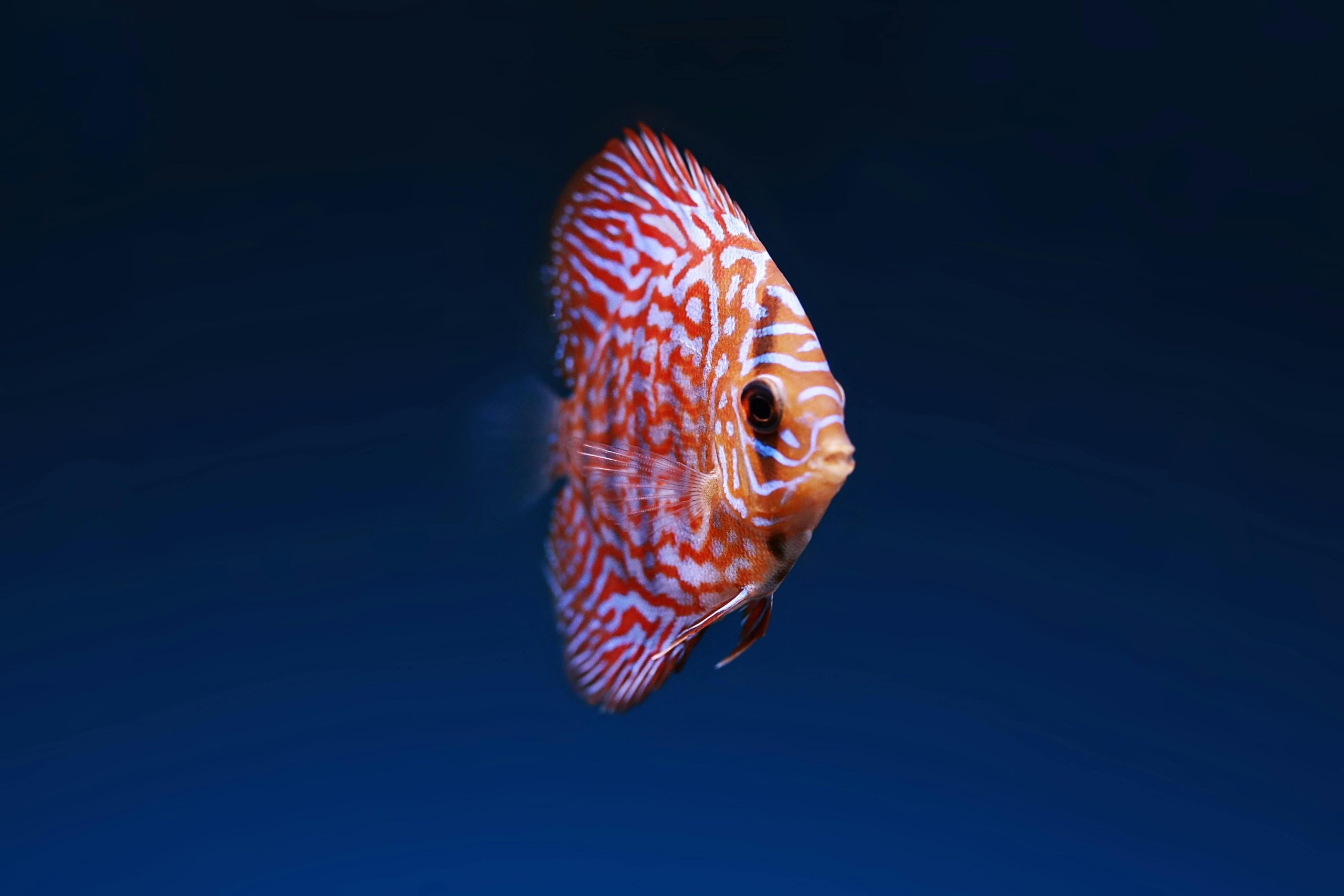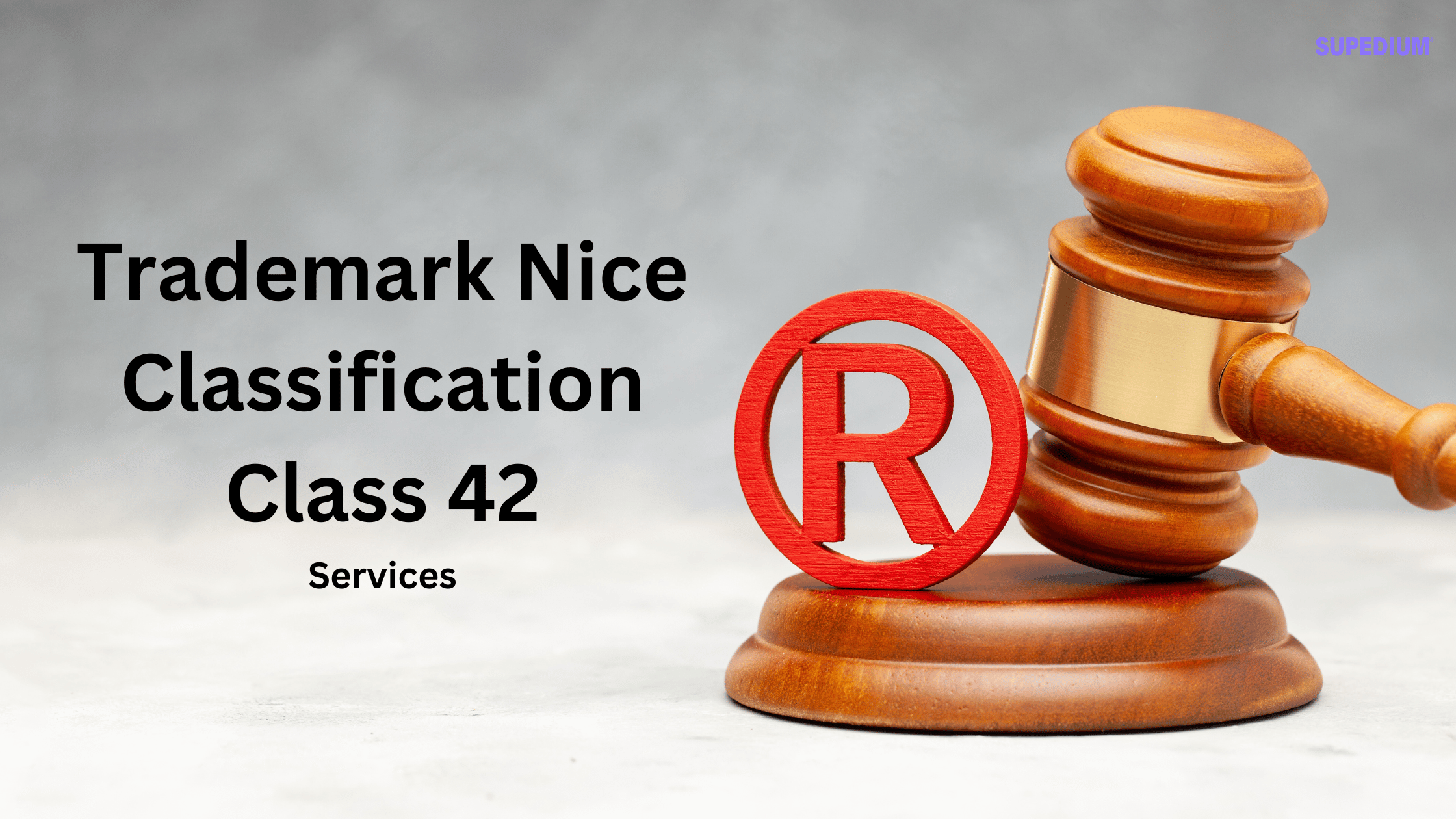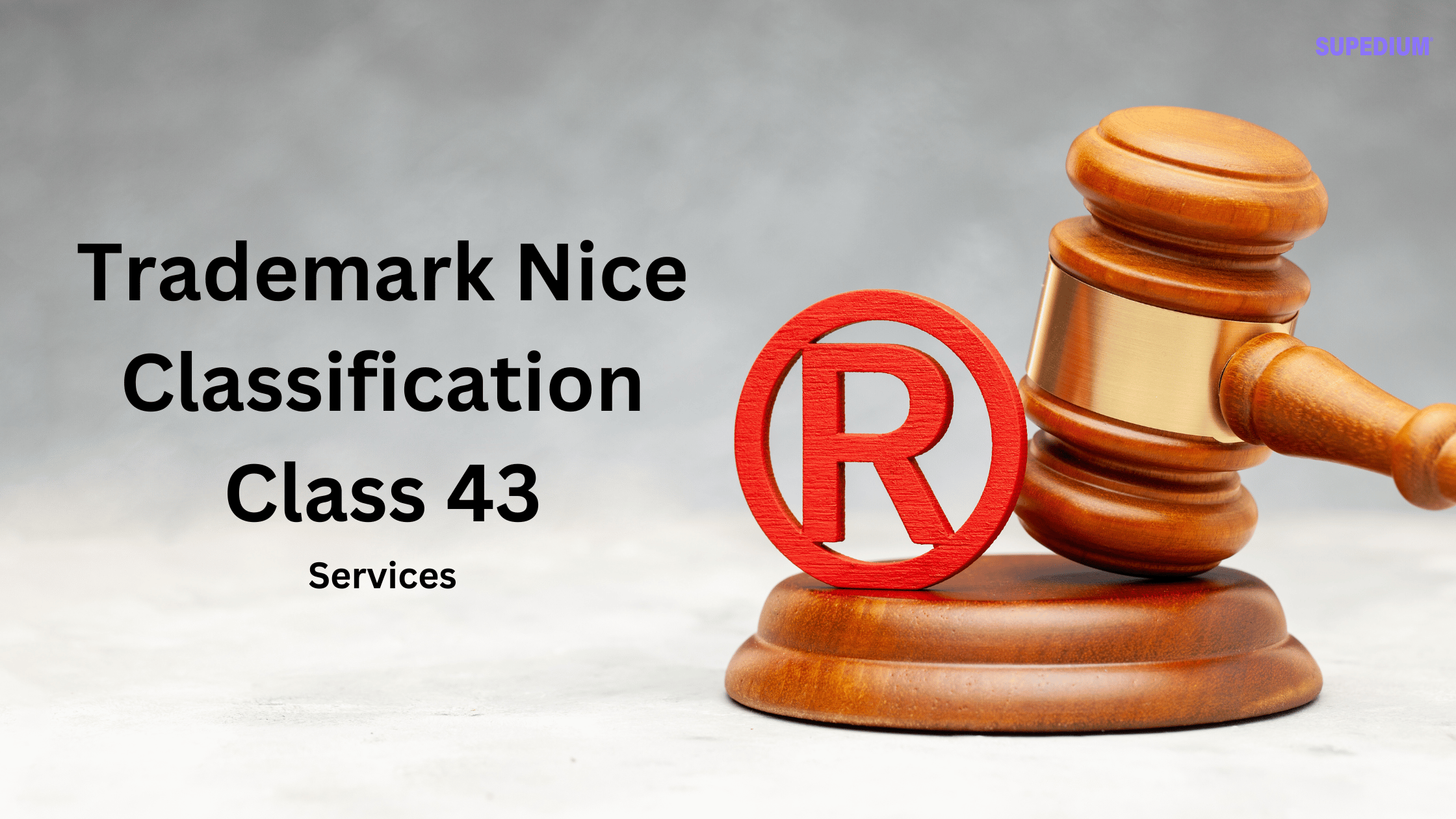Table of Contents
![]()
Maintaining a healthy aquarium is crucial for ensuring the well-being of your aquatic life. Understanding and addressing common aquarium diseases can prevent serious issues and keep your fish happy and thriving. This guide will provide a thorough overview of common diseases, preventative measures, and treatment strategies to help you manage the health of your aquarium effectively.
Preventative Measures
Proper Tank Setup
The foundation of a healthy aquarium begins with proper setup. An adequate filtration system and good aeration are essential for maintaining water quality. The filter should be appropriate for the size of your tank and capable of removing waste and toxins effectively. Aeration, typically provided by an air pump and stones, ensures that oxygen is evenly distributed throughout the tank.
Correct water parameters are also crucial. Regularly monitor and adjust the pH, temperature, hardness, ammonia, nitrite, and nitrate levels. Each species of fish has specific requirements, so tailor these parameters to the needs of your aquatic inhabitants.
Regular Maintenance
Routine maintenance is key to preventing disease. Perform regular water changes—typically 10-20% of the tank volume each week—to remove accumulated waste and maintain water quality. Clean the tank and equipment as needed, but avoid over-cleaning, which can disrupt the beneficial bacteria that help manage waste.
Quarantine Practices
Before introducing new fish to your main tank, quarantine them for at least two weeks. This practice helps to observe the new arrivals for any signs of illness and prevents the spread of potential diseases to your established tank. Monitor the new fish for any symptoms of disease and ensure they are healthy before adding them to the main aquarium.
Common Aquarium Diseases
Ichthyophthirius multifiliis (Ich or White Spot Disease)
Ich, commonly known as White Spot Disease, is one of the most prevalent diseases in freshwater aquariums. Symptoms include small, white cysts on the fish’s skin, gills, and fins, resembling grains of salt. Affected fish may exhibit scratching against objects, rapid gill movement, and general lethargy.
Treatment involves raising the water temperature slightly to speed up the life cycle of the parasite, allowing medications to be more effective. Copper-based treatments or formalin are commonly used. Ensure that you follow the treatment instructions carefully and remove any carbon filters during treatment.
Prevention is primarily about maintaining good water quality and avoiding overcrowding, which can stress fish and make them more susceptible to diseases.
Fin Rot
Fin Rot is a bacterial infection that causes the fins to fray and deteriorate. Symptoms include discolored or ragged fins, and in severe cases, the infection can spread to the body.
Treatment involves improving water quality and using antibacterial medications. Ensure that you address any underlying issues, such as poor water quality or injuries, which could contribute to the development of Fin Rot.
Prevention includes regular tank cleaning, avoiding overcrowding, and providing a balanced diet to keep fish healthy and resilient.
Velvet Disease (Oodinium)
Velvet Disease, caused by the parasite Oodinium, gives fish a dusty or velvety appearance on their skin. Symptoms also include rapid gill movement and lethargy.
Treatment requires the use of copper-based treatments or formalin, and a slight increase in tank temperature can help. It’s important to treat all fish in the tank, as the parasite can spread quickly.
Prevention involves maintaining high water quality and avoiding overcrowding, which can contribute to the spread of the disease.
Dropsy
Dropsy is a serious condition often resulting from internal infections or organ failure. Symptoms include a swollen abdomen and protruding scales, giving the fish a pinecone-like appearance.
Treatment typically involves isolating the affected fish and using broad-spectrum antibiotics. Improving water conditions and reducing stress are also critical for recovery.
Prevention focuses on maintaining good water quality, avoiding overfeeding, and ensuring that fish are not exposed to stressful conditions.
Columnaris
Columnaris is a bacterial infection that manifests as cotton-like growths on the skin, gills, and mouth of affected fish. Symptoms also include lesions and mouth rot.
Treatment involves the use of antibiotics and improving water quality to help the fish recover. It’s crucial to address any underlying water quality issues that may contribute to the disease.
Prevention includes regular tank maintenance, avoiding physical injuries to fish, and ensuring a stress-free environment.
Hole-in-the-Head Disease (Hexamita)
Hole-in-the-Head Disease is characterized by pitting or lesions on the fish’s head and can lead to significant weight loss.
Treatment involves using medicated food or anti-parasitic medications. Providing a balanced diet and maintaining high water quality are essential for effective treatment.
Prevention is achieved through a proper diet and regular maintenance of the aquarium to ensure optimal water conditions.
General Treatment Strategies
Diagnosing the Disease
Accurate diagnosis is critical for effective treatment. Observe the symptoms carefully and consider consulting with an aquatic veterinarian if necessary. Early diagnosis and intervention can greatly improve the chances of recovery.
Using Medications Safely
When using medications, always follow the dosage instructions provided by the manufacturer. Overuse or incorrect dosing can harm fish and disrupt the tank’s ecosystem. Monitor the tank for any side effects and be prepared to take corrective actions if necessary.
Ensuring Recovery and Follow-up
After treatment, perform water quality checks to ensure that conditions remain optimal for recovery. Observe the behavior and health of your fish to confirm that they are improving. Continued monitoring helps to ensure that the disease does not reoccur and that the tank remains a healthy environment for your aquatic life.
Conclusion
Effectively managing common aquarium diseases involves a combination of preventive measures, accurate diagnosis, and appropriate treatment. By maintaining good water quality, practicing proper tank maintenance, and promptly addressing any signs of illness, you can help ensure a healthy and thriving aquarium. Regular observation and timely intervention are key to preventing and managing diseases, ultimately contributing to a successful and enjoyable aquarium experience.
Share This





Be the first to comment